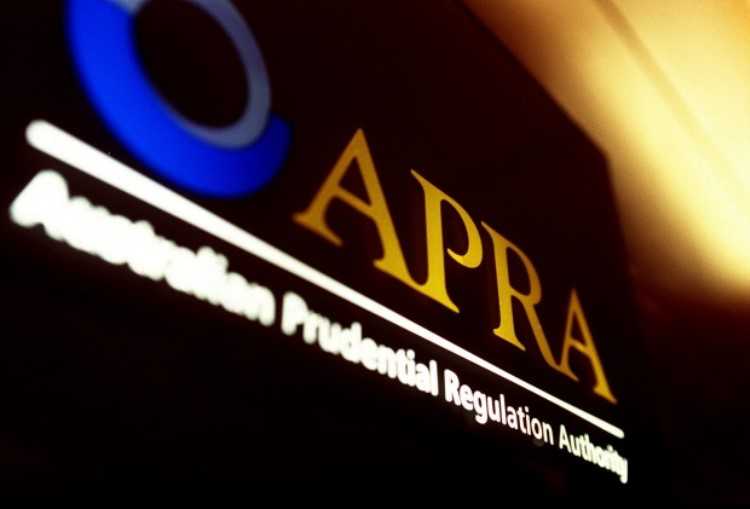
The Australian Prudential Regulation Authority (APRA)'s efforts to limit investor lending ended up being a blessing in disguise for banks, as the Financial Review reported these efforts ended up boosting bank profits by $1 billion.
According to a study by the Productivity Commission, APRA's intervention to ease interest-only loans had cost taxpayers up to $500 million a year in extra income tax deductions
"We estimated that the cost borne by taxpayers as a result of changes in home loan investor rates following APRA’s intervention on interest-only loans in 2017 was up to $500 million per year," PC said in its study.
Also Read: Regulators mull easing lending restrictions
The commission described that the policy as a blunt intervention with detrimental effects on market competition, as it allowed banks to hike interest rates on both past and future loans.
"APRA’s actions to slow new lending in what it determined are higher-risk areas resulted in higher interest rates on both new and existing investment loans, boosted lenders’ profit on home loans and saw a decline in competition from some smaller lenders in the home loan market," PC explained.
Additionally, PC argued that a bulk of the supposed bank profits was paid for by taxpayers through negative gearing arrangements.
“Up to half of the increase in lenders’ profit was in effect paid for by taxpayers, as interest on investment loans is tax deductible," it said.
With this, PC recommends two possible options for regulatory overhaul: The first option would give Australian Competition and Consumer Commission more proactive functions in financial services while the other would expand the Australian Securities and Investment Commission's task to include advancement of competition.
Related Stories:
Home lending in Australia echoes US subprime mortgage crisis
How APRA’s home loan switch could trigger homeowners’ headaches
Collections: Mortgage News



Share